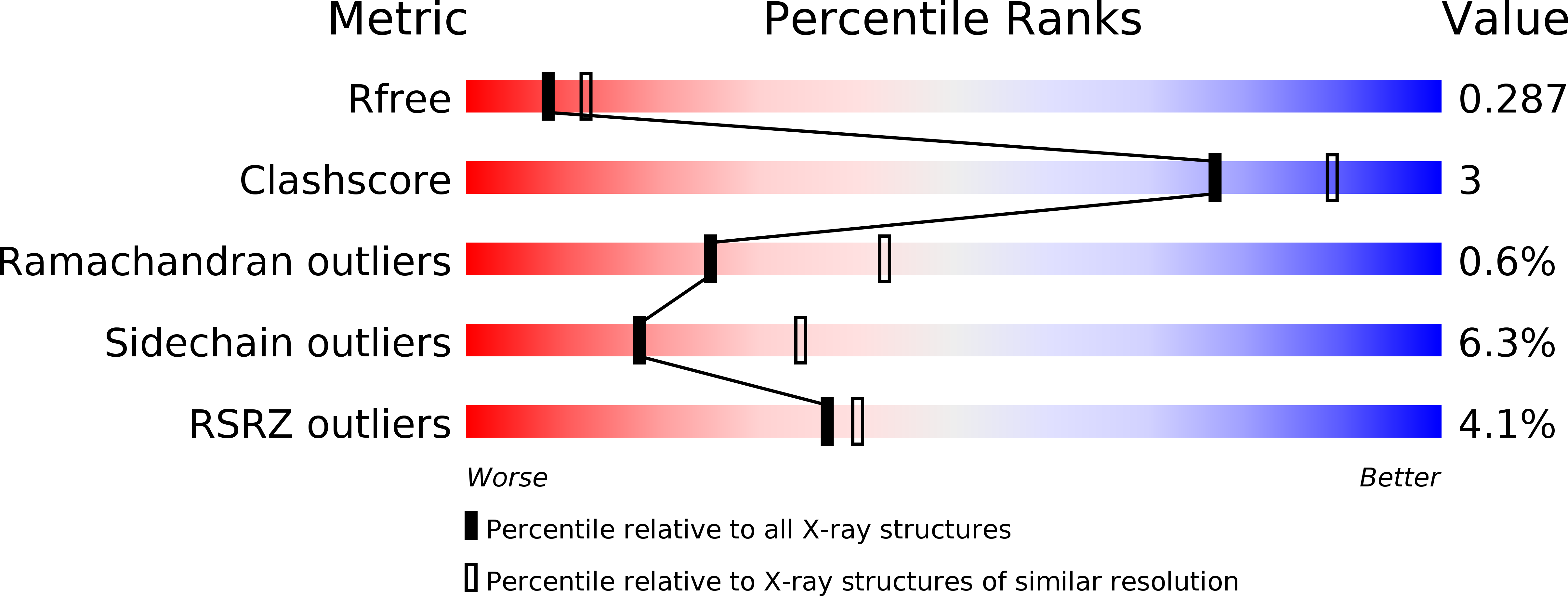
Deposition Date
2014-02-04
Release Date
2014-10-22
Last Version Date
2023-12-27
Entry Detail
PDB ID:
4OX0
Keywords:
Title:
Crystal structure of the keratin-like domain from the MADS transcription factor Sepallata 3
Biological Source:
Source Organism:
Arabidopsis thaliana (Taxon ID: 3702)
Host Organism:
Method Details:
Experimental Method:
Resolution:
2.49 Å
R-Value Free:
0.27
R-Value Work:
0.23
R-Value Observed:
0.23
Space Group:
P 21 21 2


